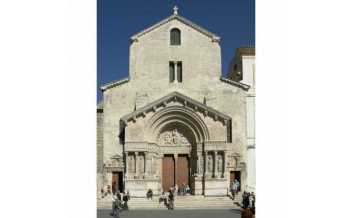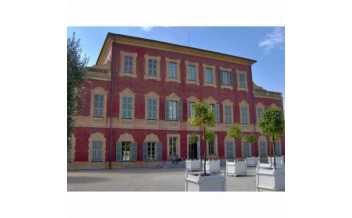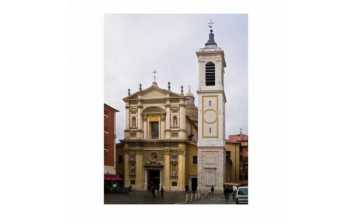"Provence hides its mysteries behind their obviousness..." - Jean Giona, artist and writer (1895 - 1970)
An exceptional natural environment, a rich heritage, 300 days of sunshine a year... the Southern Region and its three world brands: Provence, the Alps and the Côte d'Azur, have undeniable tourist assets.
The Côte d'Azur, the famous French Riviera, which stretches from Hyères to Menton, welcomes an intense and rather luxurious tourism with its large hotels, chic restaurants, beautiful boutiques, private beaches and prestigious residences. The main cities are Nice, Cannes, Saint Tropez... But the seaside is also the Camargue and its gardians, the big ports of Marseille, Toulon and Nice, gateways to Africa since antiquity.
The heart of Provence beats in the hills that link the sea to the mountains of the Alps. It is these hillsides of vineyards, crops and colourful landscapes that have charmed Cézanne (Aix en Provence), Van Gogh (Arles), Chagall or Giono... In Provence, the people of the South have a singing accent. They are good-natured and like to tease each other around a generous and gourmet table... This is the picturesque Provence of Pagnol, Raimu and Fernandel.
Ski resorts just an hour from the sea... Yes, it is possible! The French Alps rise above Nice to an altitude of 4,000m... The pure air, the large protected spaces... It is still Provence with the Alpes de Haute Provence and the Hautes Alpes. In winter you can ski in the sun and in summer you can go on an adventure on horseback, on foot or by bike. The more adventurous can practice air sports (ULM, paragliding), white water sports (rafting, canyoning) or climbing. Winter sports can be enjoyed alongside white water sports. These wild mountains, with their small hamlets and villages with a rich past, are home to a rich and varied fauna and flora.
Finally, culturally, Provence is part of the Pays d'oc (southern France), within which it has a clear specificity. The culture of Provence is profoundly Latin and Mediterranean.
Activities
-
Aix Cathedral, Aix-en-Provence
Since its foundation, the cathedral has been built and rebuilt many times,...
-
Avignon Cathedral, Provence
The Romanesque cathedral was built in 1111 on the site of a 4th-century...
-
Church of St. Trophime, Arles, Provence
The church, which was originally built on the site of the 5th-century...
-
Cimiez Cathedral, Nice, Provence
Reduced to ruins since its destruction in 1706, the Roman Catholic cathedral...
-
Fondation Maeght, Saint Paul de Vence,...
A unique architectural complex with one of the largest collections of modern...
-
Fondation Vincent van Gogh, Arles, Provence
It was in Arles that Van Gogh produced, within the space of just 15 months,...
-
Fréjus Cathedral, Provence
The coastal town of Fréjus was founded by Julius Caesar in around 49 BC, and...
-
Lérins Abbey, Île Saint-Honorat, Cannes,...
The abbey was founded around 410 AD when Saint Honorat formed a community of...
-
Musée Marc Chagall, Nice, Provence
At the foot of Cimiez Hill, this museum honours the talents and philanthropy...
-
Musée Matisse, Nice, Provence
The museum gathers one of the world’s largest collections of Matisse’s work,...
-
Nice Cathedral, Nice, Provence
Between 1650 and 1865 the original 11th-century church was gradually replaced...
-
Palais Lascaris, Nice, Provence
This Baroque-style palace was built in the early 17th-century for the richest...
-
Promenade de la Croisette, Cannes, Provence
Winding alongside the Côte d'Azur, the promenade is lined with sandy beaches,...
-
Sénanque Abbey, Gordes, Provence
Deep in its Provençal valley, the Abbey of Sénanque, which has been a...
-
Toulon Opera, Provence
It was one of a wave of opera houses built in France and Europe in the middle...
-
Île Saint-Honorat, Cannes, Provence
The island was uninhabited until around 410 AD when Saint Honoratus founded a...





















